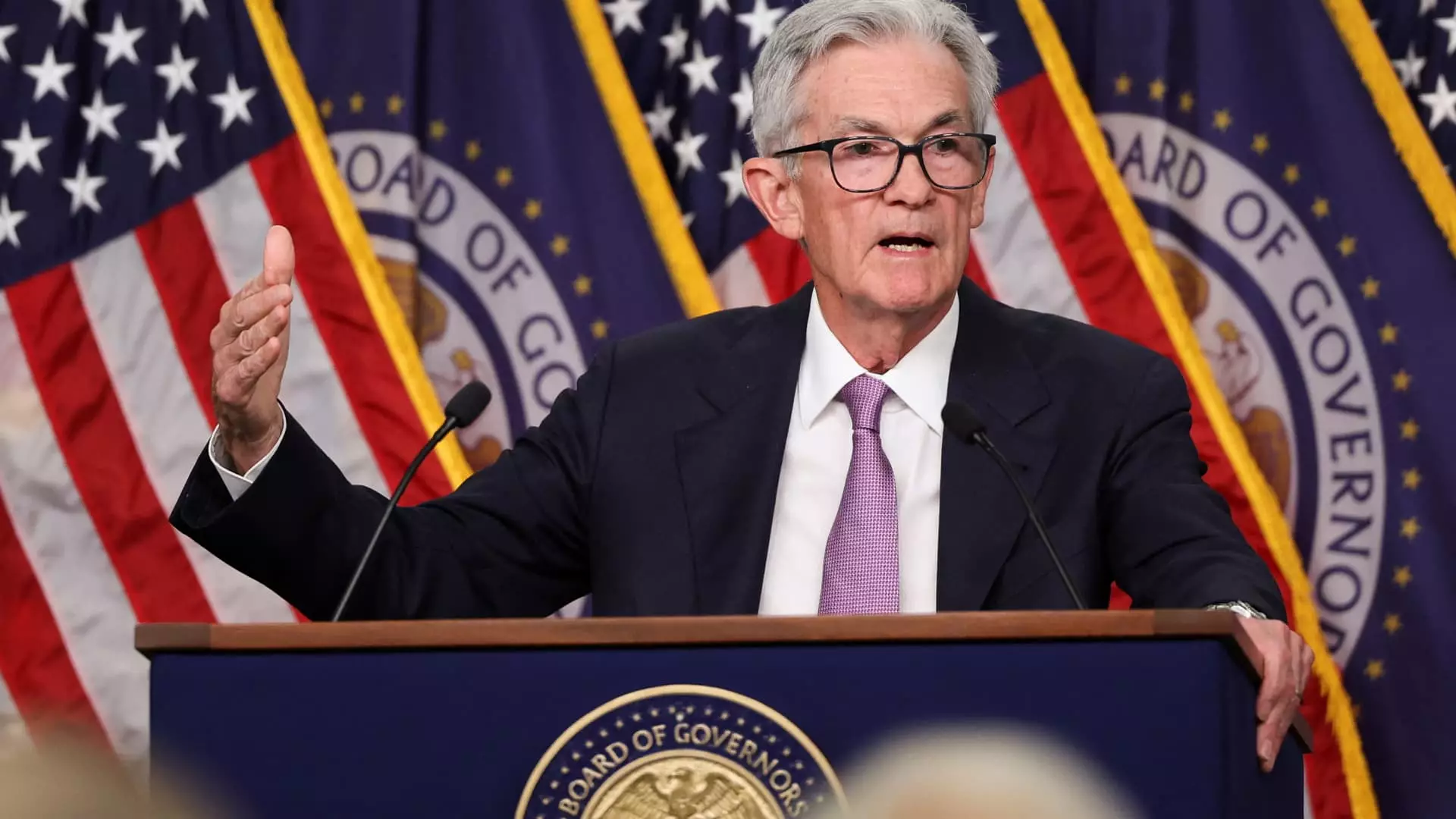As interest rates decline, banks often find themselves in a precarious yet opportunistic position. Lower rates can signal a shift in financial strategy for banks, particularly when these reductions are not interpreted as precursors to an economic downturn. Over the past few years, a significant migration of funds has occurred, with customers favoring higher-yielding investments such as certificates of deposits (CDs) and money market accounts over traditional checking accounts. This trend might slow with recent cuts in the Federal Reserve’s benchmark interest rates, which were adjusted down by half a percentage point last month. Analysts anticipate additional reductions, which could enhance the profitability of banks if managed correctly. However, navigating this environment presents its challenges, particularly in relation to inflation concerns that linger in the background.
The actions of the Federal Reserve set the tone for banking operations and earnings forecasts. When the Fed hinted at further cuts—projected at around two more percentage points—there was a glimmer of hope across banking sectors. However, that optimism is tempered by inflationary pressures, which raises questions about the Fed’s ability or willingness to continue easing rates as expected. Chris Marinac, a research director at Janney Montgomery Scott, highlighted this dynamic, suggesting that market volatility is influenced significantly by inflation trends. Thus, bank executives, especially those at leading institutions like JPMorgan Chase, will need to provide clarity around earnings projections, particularly for net interest income (NII), as they prepare for earnings reports.
With expectations concerning earnings bearings, analysts anticipate that JPMorgan Chase could report earnings of approximately $4.01 per share, marking a notable decline of 7.4% from the previous year’s figures. This contraction is emblematic of a broader trend where banks may face delays in reaping the benefits of falling interest rates. A critical factor influencing net interest income is how quickly banks can adjust the rates on their lending compared to those on deposit accounts. Ideally, banks want to see funding costs decrease at a faster rate than the income generated from their assets to enhance NII. Yet, the reality may differ—many institutions may face challenges as their assets adjust to lower yields sooner than liabilities. According to a report from Goldman Sachs, large banks can expect an average NII decline of 4% in the third quarter due to weak loan demand and slower deposit repricing.
The Risk of Overly Optimistic Projections
Events have taken a concerning turn for investors, particularly following comments made by JPMorgan’s president. He raised alarms by questioning whether the markets had set their expectations for NII too high without elaborating further. Such cautious sentiments hint that other banks might soon make similar declarations. Notably, banks that are highly sensitive to asset values, such as JPMorgan, will need to closely monitor market conditions as adjustments unfold. Daniel Pinto, the bank’s president, underscored the implications of lower rates on deposit repricing pressure, indicating a complex interplay between asset sensitivity and overall bank performance.
Assessing the Broader Market Impacts
Despite these challenges, the investment landscape suggests potential long-term benefits tied to falling interest rates, especially for major financial institutions that depend significantly on market activity. Analysts at Morgan Stanley have pointed out that large banks may witness increased deal volume as financial conditions ease, which could benefit their capital markets operations. Firms like Goldman Sachs, Bank of America, and Citigroup are emerging as promising investment options owing to this dynamic. Additionally, regional banks, which struggled disproportionately during periods of rising interest rates, are expected to experience more immediate advantages as rates fall.
Anticipating Future Challenges and Opportunities
Despite the optimistic prospects created by falling interest rates, some banks have begun to recalibrate their expectations. Bank of America and Wells Fargo are examples of institutions that have tempered their NII forecasts amid growing apprehensions about potential loan losses in the coming year. Analyst Charles Peabody notes a pervasive skepticism regarding the rapid increase in projected NII, emphasizing the need for careful reassessment of growth models. As banks prepare to navigate the uncertain waters of a changing interest rate landscape, it becomes increasingly important for investors to remain vigilant and informed about emerging trends that could reshape the financial services sector.
Ultimately, the banking industry stands at a crossroads influenced by fluctuating interest rates. Stakeholders will need to weigh both the opportunities for growth against the specter of economic challenges, striving for strategic positioning in this ever-evolving financial environment.

